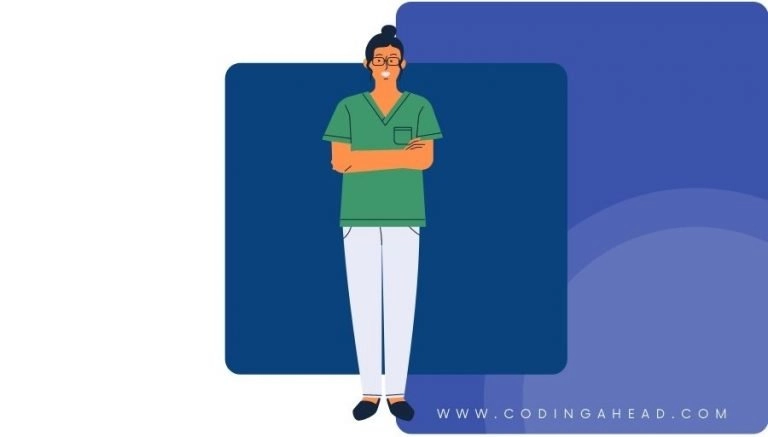How To Use CPT Code 31592
CPT 31592 describes the surgical procedure known as cricotracheal resection, which involves the removal of a narrowed segment of the trachea and the rejoining of the two ends to relieve subglottic stenosis. This article will cover the description, official description, procedure, qualifying circumstances, appropriate usage, documentation requirements, billing guidelines, historical information and billing examples.
1. What is CPT Code 31592?
CPT 31592 is a code used to describe a surgical procedure called cricotracheal resection. This procedure involves the removal of a narrowed segment of the trachea, or windpipe, and the rejoining of the two ends to alleviate subglottic stenosis, which is the narrowing of the airway at the level of the cricoid cartilage. The cricoid cartilage is a ring-like fibrous connective tissue located at the base and back of the larynx, which is the part of the throat above the trachea.
2. Official Description
The official description of CPT code 31592 is: ‘Cricotracheal resection (Do not report graft separately if harvested through cricotracheal resection incision [eg, trachealis muscle]) (Do not report local advancement and rotational flaps separately if performed through the same incision) (To report tracheostomy, see 31600, 31601, 31603, 31605, 31610) (To report excision of tracheal stenosis and anastomosis, see 31780, 31781)’
3. Procedure
- The procedure begins with the patient being appropriately prepped and anesthetized, and a shoulder roll is placed to extend the neck.
- The healthcare provider then intubates the patient with a small diameter endotracheal tube (ETT) or places an ETT through a tracheostomy during the resection.
- An incision is made in the skin over the lower neck near the collarbone to expose the airway from near the base of the lower jaw to the uppermost part of the sternum, or breastbone.
- The provider retracts the muscles in the front part of the neck and divides the thyroid isthmus, which is the band of tissue joining the lobes of the thyroid gland, in the midline.
- The distal (far) end of the stenosis is identified, and the trachea is mobilized circumferentially to the lower border of the cricoid cartilage.
- The provider then bluntly dissects the anterior (front) wall of the trachea to the lowest portion of the tracheal cartilage.
- The muscle over the cricothyroid is identified and moved upward out of the way.
- The perichondrium, which is the dense fibrous connective tissue covering the cartilage, is incised on the upper and lower border of the cricoid cartilage, and the front segment is excised.
- The provider continues to dissect along the inner aspect of the cricoid cartilage to protect the recurrent laryngeal nerves located below and behind the structure.
- A rongeur is used to further excise the thickened tissue causing the stenosis within the inner channel of the cricoid ring.
- A bur is used to thin the posterior lumen (the back of the channel) while preserving about 50% of the wall thickness.
- The distal and proximal margins of the stenosis are identified and resected in one piece.
- If necessary, the provider may develop advancement and/or rotational flaps to facilitate the reattachment of the two ends of the resected trachea.
- A cartilage graft may also be harvested and inserted if needed.
- Retention sutures are placed through the sides of the thyroid cartilage and cricoid remnant.
- A submucosal stitch is used to encircle the far end of the tracheal ring.
- The retention sutures are used to bring the segments together and are attached to each other using a posterior to anterior (back to front) running stitch.
- The provider checks for bleeding, closes the incision, removes the endotracheal tube, and completes the procedure.



